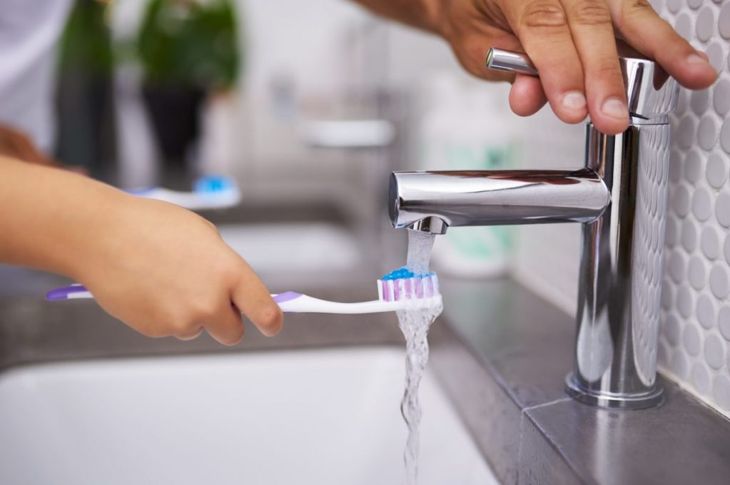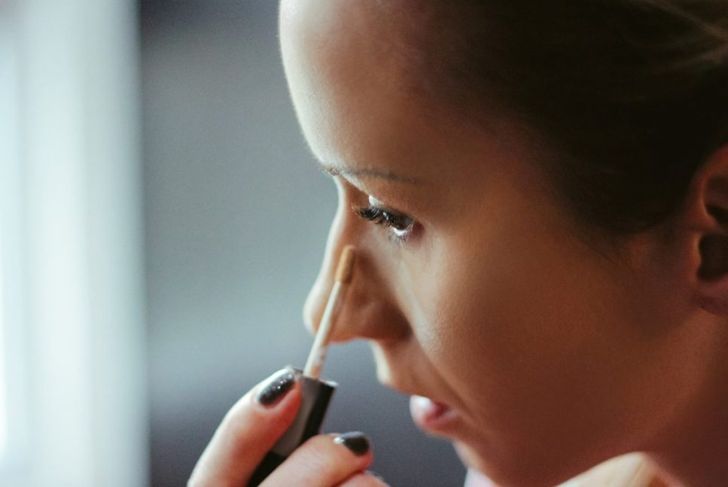Two types of the herpes simplex virus (HSV) can cause cold sores. The majority of cold sores come from type 1 HSV. Type 2 HSV usually triggers sores in the genital area. However, both types can cause the sores in both areas. Although cold sores are always a symptom of HSV type 1 or 2, there are many different routes of cold sore transmission.
Dormant Virus
Approximately 90% of the adult population carries the herpes simplex virus, which can remain dormant and never cause a cold sore. Alternatively, however, some people experience recurring cold sores. A fever or viral infection can activate a dormant virus, as can changes in hormones or the immune system, stress, fatigue, and sun and wind exposure.
Asymptomatic Viral Shedding
Many people infected with herpes don’t know it. An asymptomatic viral shedding phase occurs for a few days every year, even if the person with the virus never had observable symptoms. This viral shedding phase contributes strongly to widespread herpes infections in adults. The virus is very contagious during this period, despite a lack of noticeable signs.
Symptomatic Phases
Cold sores are most likely to be infectious when symptoms are active. Direct contact with a crusted-over sore or one oozing fluid poses the highest risk of infection. The fluids seeping from the sore contain a high concentration of HSV. The prodrome period right before sores appear is also a common time for transmission, and the increased likelihood of contagion continues until the sores heal completely.
Childhood Infection
A significant percentage of adults carrying HSV first caught the infection during childhood. Hugs with skin-to-skin contact and kisses from parents and relatives can spread the virus. Transmission during childbirth is possible but very rare. Sharing drinks and food or neglecting hand hygiene are common childhood behaviors that increase the risk of contracting HSV.
Indirect Contact
HSV-1 can be contracted through items like cups, silverware, and other eating utensils, lip balm, or any other personal care item used by someone with the virus. Fluids seeping from cold sores can transfer to other surfaces such as doorknobs, writing instruments, faucets, and almost anything else a person could touch. HSV lives on external surfaces for hours and may remain contagious for days.
Direct Contact
Oral cold sores are transmitted between a contagious area of the person carrying the virus and broken skin or mucous membranes (such as those within the mouth) of a person who does not have the virus. Transmission can also occur through saliva and droplets in breath. Broken skin includes any type of cut, scrape, burn, or rash. Anything that compromises skin integrity opens a path of infection.
Sexual Contact
HSV-2 most often affects the genital area but can cause cold sores when transmitted during oral sex, when one party has open sores around the mouth. Vaginal, oral, and anal sex also carry a small risk of cold sore contraction. Barrier devices such as condoms or dental dams lower the risk of infection but do not eliminate it.
Increased Risk of Infection
HSV is a very contagious virus and children or people with compromised immune systems are more prone to infection than healthy adults. Long-term skin breakdown from eczema and other disorders can increase the risk of infection, as can injuries, multiple intimacy partners, or living in the same home as a person with cold sores.
Eye Infection
Cold sores are most common around or inside the mouth, but they can form in the eyes too. Infection occurs after transferring fluid from a cold sore to the moist mucous membranes of the eyes, such as by touching a sore directly or using the same towel as a person with active cold sores. The fluid from weeping sores contaminates the towel with HSV, so another person using the towel without washing it transfers the virus to his or her own face or eyes.
Preventing Transmission of Cold Sores
Some basic precautions reduce the risk of HSV infection and cold sores. Everyone should make sure their hands are clean and freshly washed before touching broken skin such as bug bites, acne blemishes, or cuts and rashes. Keep fingers and hands away from the eyes or mouth, and avoid engaging in intimate contact with a person who currently has cold sores — wait until the sores heal completely and the scab has fallen off. Never share personal care items such as razors or toothbrushes, and do not eat or drink with shared utensils or containers.

 Home
Home Health
Health Diet & Nutrition
Diet & Nutrition Living Well
Living Well More
More




















